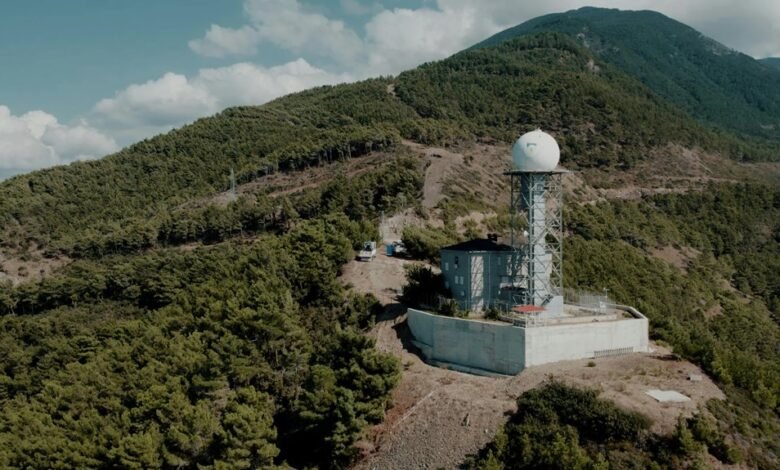Weather Naushahro Feroze

Naushahro Feroze exhibits a climate characterized by extreme temperature variations and distinct seasonal patterns. Summers can exceed 40°C, while winters remain mild with varying humidity. The region’s rainy season significantly influences agricultural productivity, presenting both opportunities and challenges for farmers. As climate change looms, it raises critical questions about the future of weather patterns and the community’s resilience strategies. Understanding these dynamics is essential for grasping the broader implications on livelihoods.
Overview of Naushahro Feroze Climate
Naushahro Feroze, located in the Sindh province of Pakistan, experiences a climate characterized by significant temperature fluctuations and distinct seasonal patterns.
The region endures extreme heat during summers, with temperatures soaring above 40°C, while winters remain mild.
Humidity levels vary, often intensifying the heat in summer months.
These climatic features profoundly impact agriculture, water resources, and daily life in the region.
Seasonal Weather Patterns
The climate of Naushahro Feroze is marked by distinct seasonal variations that significantly influence local weather patterns.
The region experiences a pronounced rainy season, characterized by increased precipitation and humidity.
Temperature fluctuations occur throughout the year, with hot summers giving way to cooler winters.
These seasonal shifts create a dynamic environment, impacting both daily life and local ecosystems in meaningful ways.
Impact of Weather on Agriculture
Weather conditions in Naushahro Feroze play a crucial role in shaping agricultural productivity and sustainability.
Fluctuations in weather significantly impact crop yield, as extreme temperatures and irregular rainfall can disrupt planting and harvesting cycles.
Farmers must adapt their practices to mitigate these effects, ensuring resilience against unpredictable weather patterns while striving for optimal yields in an ever-changing climate.
Cultural Adaptations to Climate
Adapting to climate variability requires communities in Naushahro Feroze to implement various cultural practices that enhance resilience.
These adaptations often manifest through specific cultural clothing designed for temperature regulation, alongside traditional practices that promote sustainable resource management.
Such methods not only reflect the community’s historical experiences but also serve to preserve identity while fostering a proactive approach to climate-related challenges.
Future Weather Trends and Predictions
As climate change continues to influence global patterns, Naushahro Feroze is expected to experience significant shifts in its weather trends over the coming decades.
Climate models indicate rising temperatures and altered precipitation patterns, while predictive analytics suggest increased frequency of extreme weather events.
These changes may challenge local ecosystems and require adaptive strategies to ensure resilience and sustainability in the region.
Conclusion
In the tapestry of Naushahro Feroze’s climate, threads of scorching summers, mild winters, and unpredictable rains weave a complex narrative that influences agricultural practices and cultural resilience. As the specter of climate change looms, the community stands at a crossroads, where adaptive strategies may sculpt their future. Embracing innovation and traditional wisdom alike will be essential for navigating the shifting weather patterns, ensuring that this vibrant region remains resilient amid the tempest of environmental challenges.




